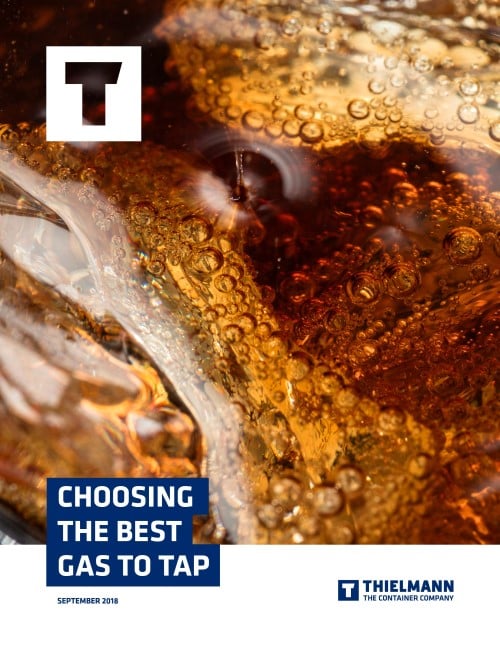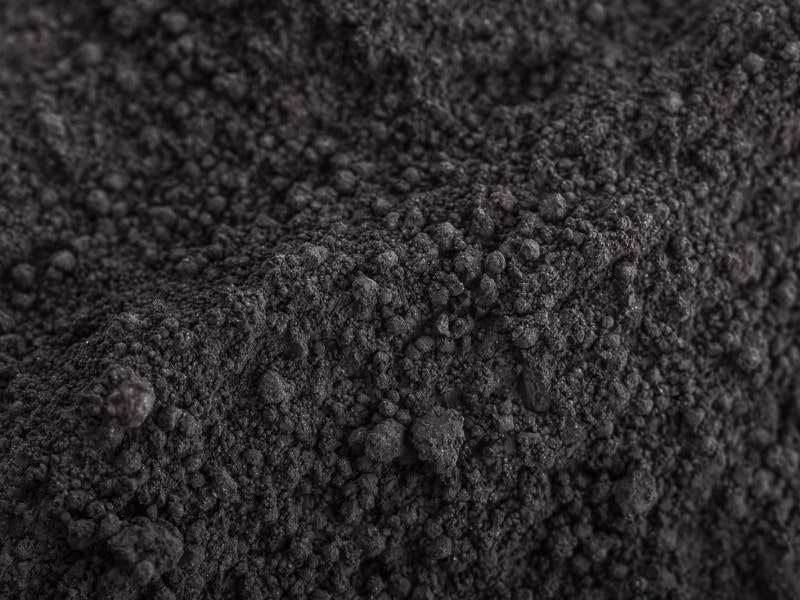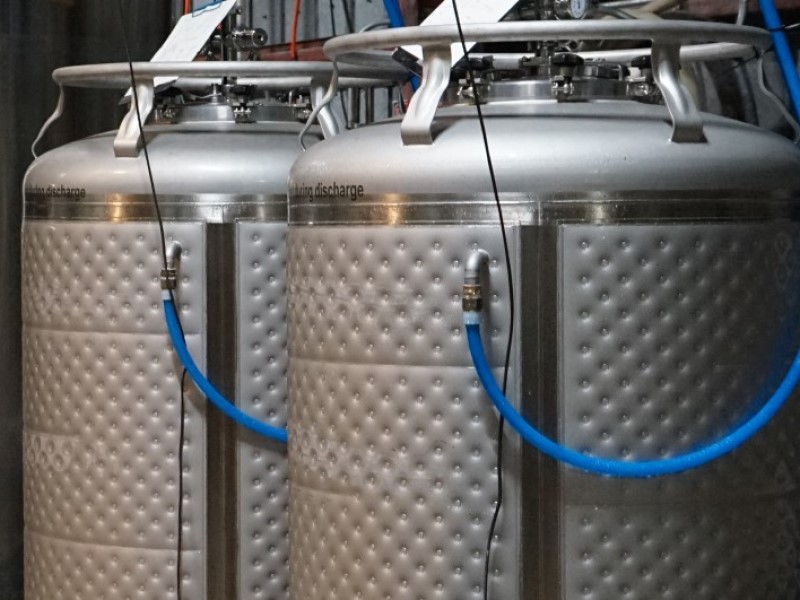AN AIRTIGHT CONTAINMENT SOLUTION FOR PYROPHORIC SUBSTANCES
Our client could not find any suitable solutions already in the marketplace to safeguard their product and their workforce, so our team of engineers gladly rose to the challenge , given that our objective is to not only just sell containers, but to also provide tailormade solutions.






